Many of us imagined finding a hidden treasure. However, let’s admit, the likelihood of finding one is very rare. But we didn’t say impossible, did we? Here are Six Fantastic Hidden Treasures That Have Been Found.
VIKING TREASURE
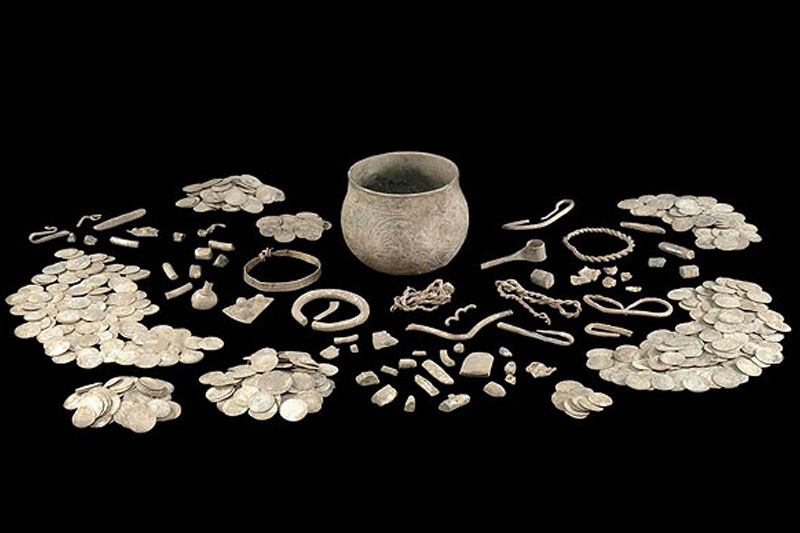
Back in 2007, David Whelan and his son Andrew were using their metal detectors in an empty field near the town of Harrogate in North Yorkshire, England, when they stumbled upon a hoard of Viking coins, scraps of silver and broken pieces of jewelry, from the 10th-century.
The 617 silver coins were packed tightly inside a Frankish cup made of silver, and they spilled out onto the ground at the same time that a lead chest was being dug up. The coins came from different places like: Russia, North Africa, and Ireland, so it is believed that they were booty from both raiding and trading.
At this time in Britain’s history, the country was divided into an Anglo-Saxon kingdom in the south and a Viking kingdom in the area of Northumbria, so this horde probably belonged to a wealthy Viking leader.
VIKING HOARD OF SILVER
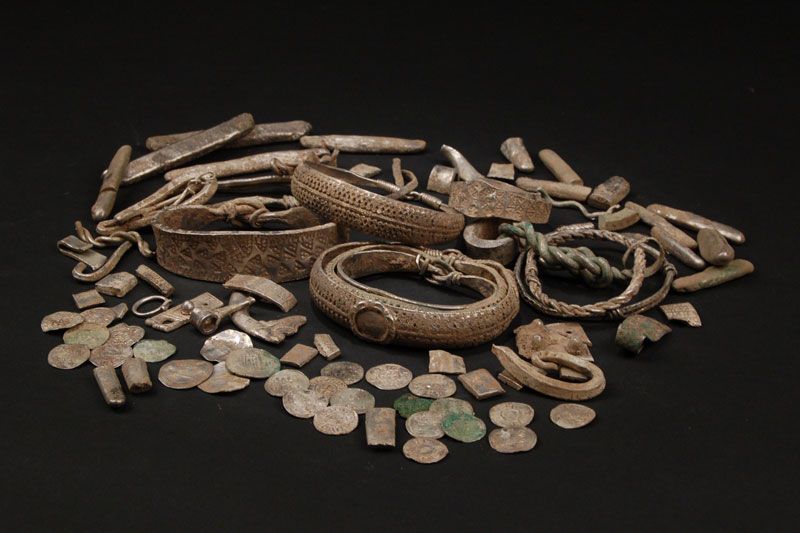
Another fabulous hoard of treasure was found in Lancashire, England, in the year 1840. This treasure is the largest Viking silver hoard, known from Western Europe.
As workmen were repairing the banks of the River Ribble, one workman’s spade of dirt spilled a load of silver coins into his wheelbarrow. Soon, he and his workmates were filling their pockets with the unexpected treasure finds.
The landowner’s bailiffs soon intervened but allowed each workman to keep one coin each. The treasure was handed over to Queen Victoria, via the Duchy of Lancaster. It is thought that the treasure was buried in its lead box between 903 and 910 AD. Most of the coins were minted in Viking-controlled England, although other coins were minted in Scotland, Scandinavia, and northern France. The hacksilver, however, is Irish.
It is not known why the Cuerdale Hoard was buried in Lancashire, but it is thought that the hoard belonged to Vikings, who were expelled from Dublin in AD 902.
10 MILLION DOLLARS AT THE BOTTOM OF THE GARDEN
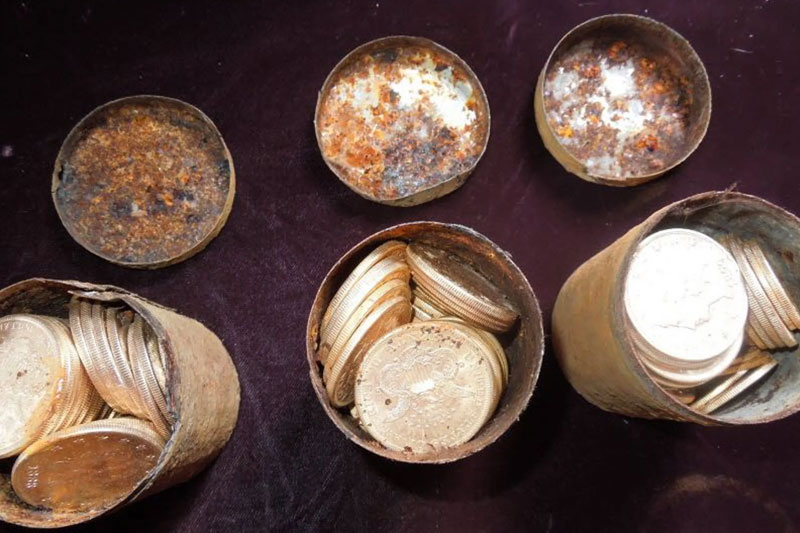
A couple from California were taking their dog for a walk around their property when they stumbled upon a bounty of buried treasure under a tree.
The more than 1400 coins, which are worth an estimated $10 million, dating from the era of the California Gold Rush and were found packed inside old tins sticking out of the ground. Some experts have said that the coins are so rare that they could sell for $1 million apiece.
RAN AWAY WITH THE TREASURE
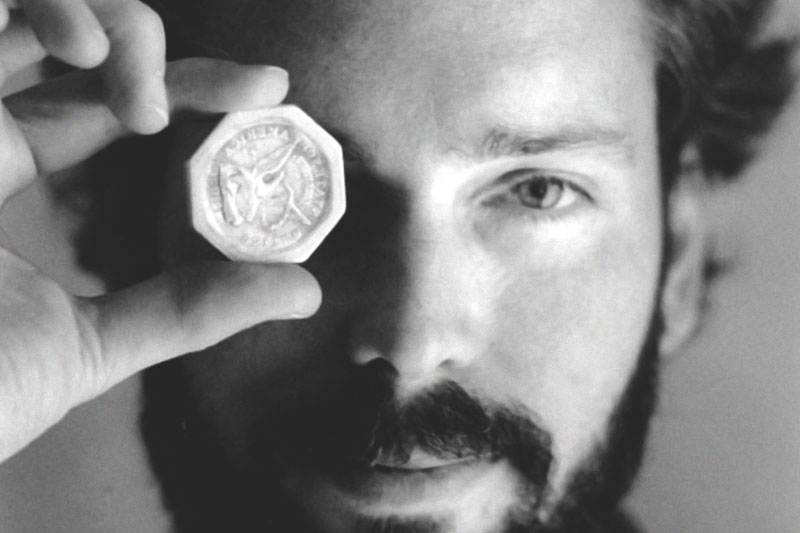
Dubbed the “Ship of Gold,” the 280-foot SS Central America sank in 1857 during a hurricane off the North Carolina coast, USA. 425 people went down with the ship, as did around 21 tons of gold. The ship came to rest 8,000 feet deep on the floor of the ocean.
In 1988, Tommy G. Thompson, an ocean engineer, and his team found the “Ship of Gold” and sought investors who would back him in his treasure recovery mission. The investors could then expect high financial returns when the treasure was cashed in.
It is not known how much of the treasure was recovered, but Thompson sold gold bars and coins to a California mint for $52 million. The investors didn’t get a penny. No one knows where Thompson is; years ago, his trail went cold at a trailer park in Florida.
FOUND: PIRATE TREASURE WORTH BILLIONS
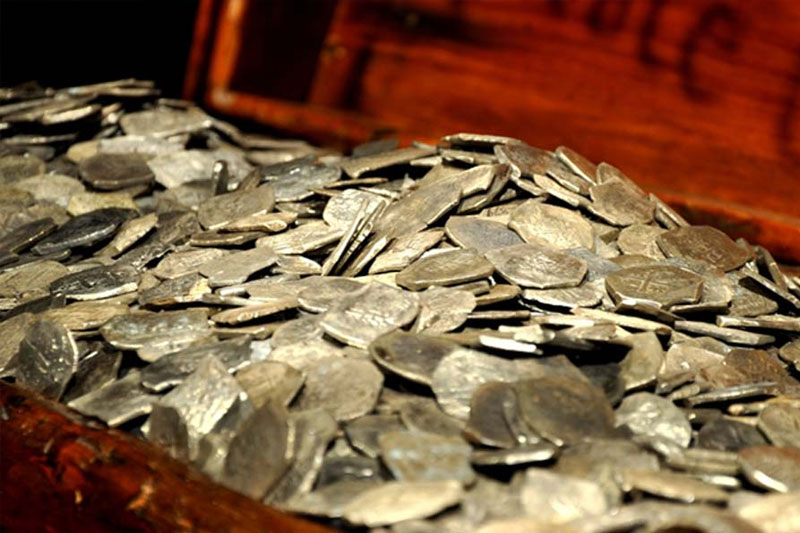
Barry Clifford and his team had spent years searching underwater for treasure; finally, they found significant booty inside a sunken pirate ship.
The Whydah was wrecked in a storm off Cape Cod in 1717. Originally, built as a slave ship for the Atlantic slave trade, she was under the command of Captain Lawrence Prince but was captured by the notorious pirate “Black Sam” Bellamy. The Whydah was then fitted with a whole load of new cannons and then probably headed off to visit Bellamy’s love interest, the “Witch of Wellfleet.” However, a storm and gale-force winds hit the vessel, and she violently capsized. Two crew members survived to tell the tale.
The Whydah came to rest 35 feet below the water’s surface; 1,500ft offshore and there she lay slowing decaying until discovered by Clifford and his team close to 300 years later. Clifford and his team of archaeologists found pirate weapons and plenty of metal buttons, cuff links, collar stays, rings, neck chains, and square belt buckles scattered on the seafloor and thousands of valuable coins.
STAFFORDSHIRE HOARD
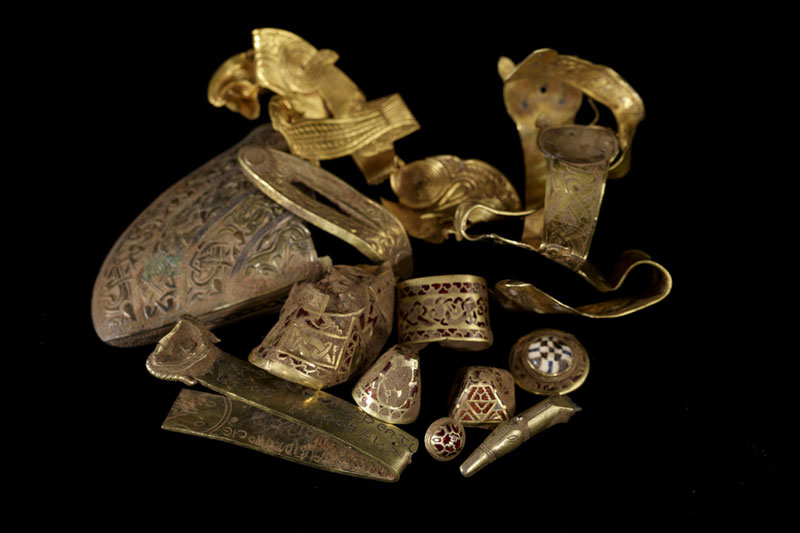
The largest treasure of Anglo-Saxon gold and silver metalwork yet found, is called the Staffordshire Treasure. Located in a field near the village of Hammerwich, in Staffordshire, in 2009, the hoard probably dates from the 7th or 8th centuries. The more than 3500 pieces of treasure are believed to have originated from the Anglo-Saxon kingdom of Mercia, and are described as being a “fantastically important discovery.”
The treasure, which was valued at £3.285 million, was discovered in plowed farmland; nearly all of the pieces of gold and silver metalwork are martial in character.


